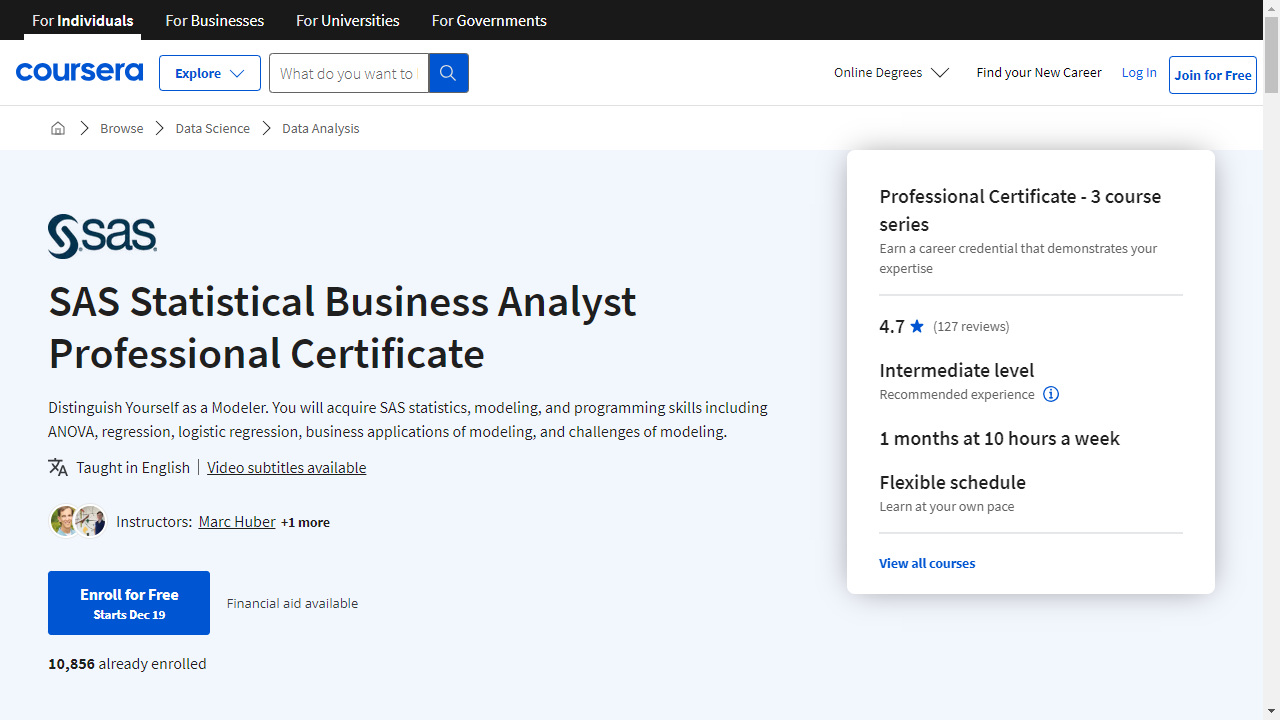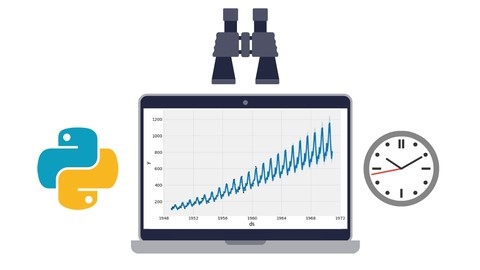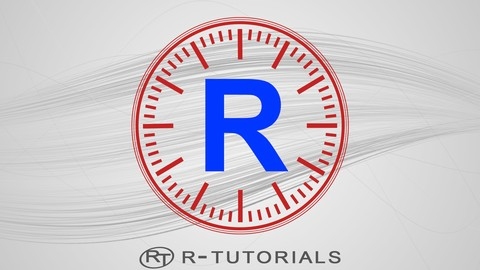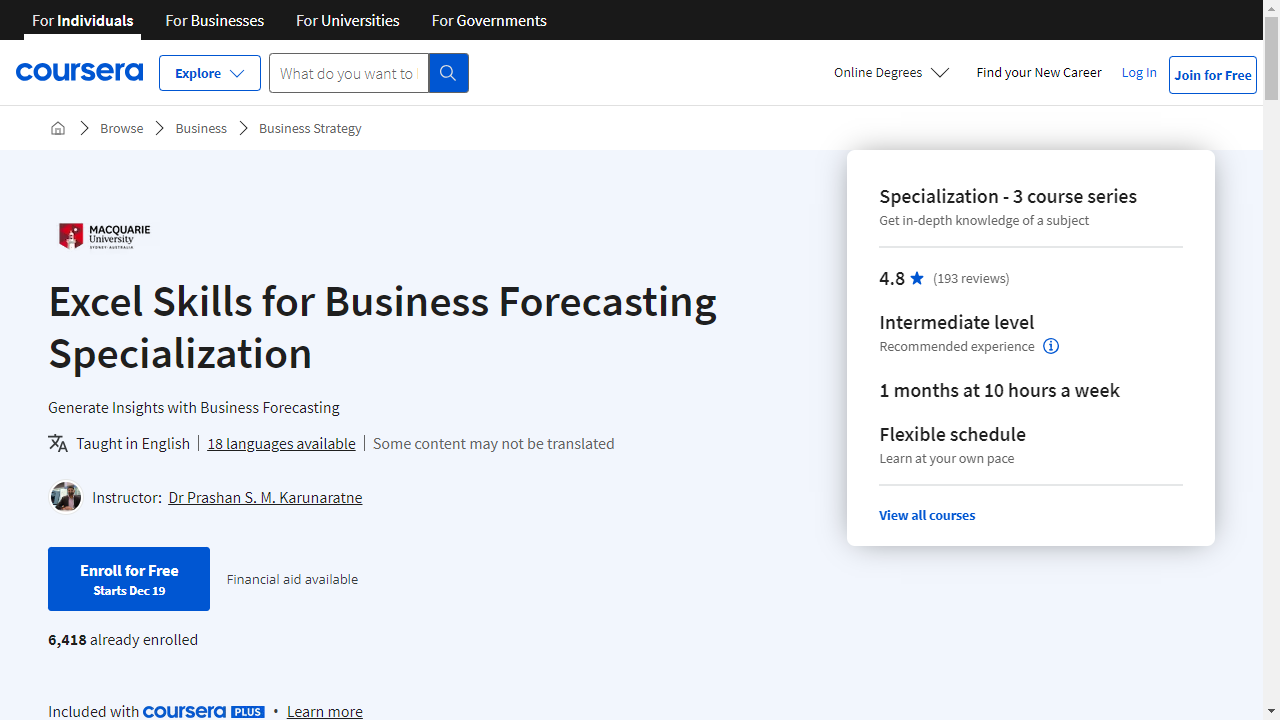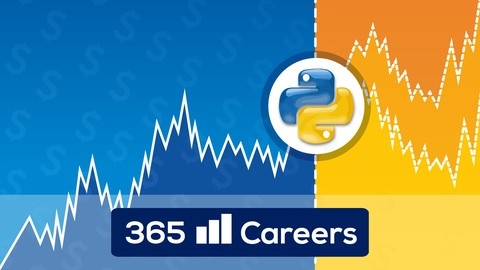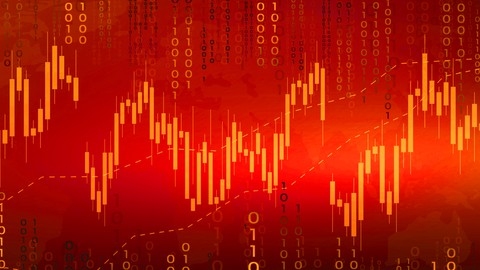Time series analysis is a specialized field within statistics and data science that focuses on analyzing data points collected over time.
This type of data, known as a time series, can reveal trends, seasonality, and other patterns that provide valuable insights for understanding the past and predicting the future.
By learning time series analysis, you can gain skills essential for forecasting in various fields like finance, economics, and even weather prediction, allowing you to make data-driven decisions and anticipate future outcomes.
Finding a good time series course can be challenging, with numerous options available online, each claiming to be the best.
You’re likely seeking a program that balances theory with practical application, offering clear explanations, engaging examples, and hands-on exercises to solidify your understanding.
Ideally, the course should also cover a range of techniques and tools relevant to real-world time series analysis tasks.
Based on our research and review, the SAS Statistical Business Analyst Professional Certificate offered on Coursera stands out as the best overall choice for learning time series analysis.
This comprehensive program delves deep into statistical techniques using SAS software, equipping you with the skills to analyze data, build predictive models, and handle complex datasets.
It covers essential topics like t-tests, ANOVA, linear regression, and multivariate time series analysis, providing a strong foundation for understanding and forecasting time-dependent data.
While the SAS Statistical Business Analyst Professional Certificate is our top recommendation, we understand that different learners have different preferences and needs.
That’s why we’ve compiled a list of other excellent time series courses that cater to various learning styles, software preferences, and skill levels.
So, whether you’re a beginner or an experienced data enthusiast, keep reading to discover the perfect time series course to embark on your learning journey.
SAS Statistical Business Analyst Professional Certificate
Provider: Coursera
This SAS Statistical Business Analyst Professional Certificate equips you with the skills to analyze data and build predictive models using SAS software.
You will explore statistical techniques such as t-tests, ANOVA, linear regression, and logistic regression using the powerful SAS/STAT software.
This foundation will allow you to understand data trends and patterns, eventually learning to predict outcomes based on different factors.
The program then guides you toward advanced topics such as multivariate time series analysis, a method for analyzing complex datasets, and predictive modeling.
You will gain practical experience with techniques like oversampling, essential for managing real-world data, and logistic regression, which will help you build models for predicting outcomes such as customer behavior or product demand.
Throughout this certificate program, you will develop practical skills, including creating effect plots and odds ratio plots.
These tools will help you visualize and interpret your models effectively.
You will also learn how to handle missing data values, a common challenge in real-world datasets, and how to address multicollinearity, a situation where predictor variables are highly correlated, potentially impacting your model’s accuracy.
Finally, you will learn how to assess and compare different models to determine the most effective approach for your specific needs.
Python for Time Series Data Analysis
Provider: Udemy
This Python for Time Series Data Analysis course equips you with the tools to analyze and forecast time series data using popular Python libraries.
You’ll begin by setting up your coding environment using Anaconda and Jupyter Notebook.
The course then introduces you to NumPy, where you’ll learn about arrays and essential numerical computations.
You’ll then explore Pandas, mastering dataframes and performing operations like grouping and filtering to gain insights.
The course dives into time series analysis with Pandas, covering techniques like DateTime indexing, time resampling, and visualization.
You’ll learn how to handle time-based data effectively and extract meaningful information.
You’ll then transition to Statsmodels, a library for statistical modeling, where you’ll explore techniques like ETS decomposition, EWMA, and Holt-Winters methods for forecasting.
You’ll explore advanced forecasting models like ARIMA, SARIMA, and VAR, learning how to choose the right model for your data and make accurate predictions.
The course goes beyond traditional methods by introducing you to deep learning for time series forecasting using TensorFlow and Keras.
You’ll discover how to build and train sophisticated models like LSTMs and GRUs to predict future trends.
Finally, you’ll delve into Facebook’s Prophet library, a powerful tool for forecasting time series with strong seasonality.
You’ll gain practical experience with Prophet, learning how to evaluate its performance and leverage its forecasting capabilities.
Analyzing Time Series and Sequential Data Specialization
Provider: Coursera
This Coursera specialization equips you with the skills to analyze and forecast patterns within data collected over time.
You’ll begin by learning how to create powerful features for time series data using techniques like binning, smoothing, and spectral analysis.
This process helps you transform raw data into a format that’s easier for models to understand and extract meaningful insights.
You’ll also explore motif analysis to uncover recurring patterns within your data, similar to a detective spotting clues.
You’ll then dive into building a large-scale, automated forecasting system using SAS Visual Forecasting tools.
This involves mastering the art of selecting appropriate methods for transforming data, generating models, and making accurate predictions.
Think of it as constructing a sophisticated machine that can anticipate future trends.
You’ll even learn how to fine-tune this system to enhance its accuracy and reliability, ensuring your forecasts are insightful and actionable.
The specialization then guides you through various modeling techniques for time series data, including the traditional Box-Jenkins approach, Bayesian methods, and powerful machine learning algorithms like Gradient Boosting and Recurrent Neural Networks.
Imagine having a diverse toolkit to tackle any time series challenge.
You’ll become familiar with models like ARMA, ARIMA, and ARIMAX, which help you capture trends, seasonality, and complex relationships within your data.
Finally, you’ll discover how to combine different models, leveraging the strengths of each approach to create highly accurate ensemble forecasts.
Introduction to Time Series Analysis and Forecasting in R
Provider: Udemy
This Udemy course equips you with the skills to analyze and forecast trends using R.
You’ll begin by mastering the fundamentals of working with dates and times using packages like Chron and Lubridate, which are essential for handling time-stamped data.
You’ll then learn how to prepare, format, and visualize time series data, allowing you to uncover hidden patterns and trends.
The course then introduces you to essential statistical concepts, including stationarity and autocorrelation, which are crucial for understanding the behavior of time series data.
With this foundation, you’ll delve into various forecasting models, including simple moving averages, exponential smoothing (ETS), and the powerful ARIMA models.
You’ll gain hands-on experience using R’s “auto.arima” function for automated model selection and learn how to fine-tune models by manually adjusting parameters.
You’ll also explore multivariate time series analysis, enabling you to analyze and predict multiple time series data simultaneously.
You’ll learn how to construct VAR models to unravel relationships between different variables and forecast their future values.
Finally, the course introduces you to the exciting world of neural networks for time series analysis.
You’ll discover how to leverage libraries like TensorFlow and PyTorch to build sophisticated models capable of learning from intricate time-dependent data.
Excel Skills for Business Forecasting Specialization
Provider: Coursera
This specialization centers on using Microsoft Excel, a tool you probably already use, to create accurate business forecasts.
You’ll start with “Excel Time Series Models for Business Forecasting,” where you’ll discover methods to forecast data patterns, including those with trends and seasonality.
Not only will you learn the theory behind these methods, but you’ll also learn how to implement them in Excel, create visualizations, and even compare different models to determine the most effective one for your needs.
Next, you’ll dive into the world of “Excel Regression Models for Business Forecasting.”
Unlike time series models, regression models help you understand the “why” behind the data by identifying influencing factors.
This course covers a range of regression models, such as simple, multiple, dummy, seasonal, and autoregressions, each tailored to specific business scenarios.
You’ll learn how to use these models to extract meaningful insights from your data and plan for the future.
Finally, you’ll explore the world of “Judgmental Business Forecasting in Excel.”
This course helps you bridge the gap when quantitative methods, like regression models, aren’t enough.
You’ll master structured techniques like business indicators, subjective assessment methods, and exploratory methods to craft accurate forecasts, even with limited data.
You’ll learn how to use Excel to present your findings visually and understand how biases can impact forecasting.
Time Series Analysis in Python
Provider: Udemy
This Time Series Analysis in Python course will teach you how to analyze data that changes over time, like tracking the price of Bitcoin or Ethereum.
You’ll use powerful tools like Python, along with libraries like Jupyter Notebook and Pandas, to find patterns in your data and make predictions about what might happen in the future.
You’ll start by setting up your environment using Anaconda, a tool that helps you install everything you need.
You’ll then learn how time series data works and practice loading, examining, and creating visualizations of datasets using libraries like Matplotlib.
The course will then guide you through building models, like AR, MA, ARMA, ARIMA, ARCH, and GARCH models, which help you understand how past data points can predict future ones, even with changing volatility.
Throughout the course, you will complete exercises and quizzes to test your knowledge.
The course concludes with a real-world business case, where you will analyze data from the automobile industry, putting your new skills to the test.
Sequences, Time Series and Prediction
Provider: Coursera
In this course, you’ll dive into time series data, exploring real-world applications like predicting stock prices or weather patterns.
You’ll learn to identify common patterns in time series, like trends and seasonality, and understand how to prepare data for machine learning.
The course emphasizes practical applications, so you’ll quickly start building models that forecast future values.
You’ll then transition into machine learning techniques for time series, using methods like moving averages and differencing.
You’ll understand how to divide your data to evaluate your model’s performance and delve into neural networks, learning to create and code your own models using TensorFlow.
You’ll develop a strong understanding of powerful techniques like RNNs and LSTMs, especially useful for time series data.
The course goes beyond the basics, exploring CNNs and Bi-directional LSTMs, allowing you to analyze data from different perspectives for more accurate predictions.
You’ll tackle real-world problems like forecasting sunspot activity, demonstrating how time series analysis can be used to understand complex events.
You’ll gain hands-on experience working with real-world data and learn to build, evaluate, and tune your own neural networks for time series analysis.
Time Series Analysis, Forecasting, and Machine Learning
Provider: Udemy
This Udemy course equips you with the tools to understand and analyze data that changes over time.
You’ll start by mastering the basics of time series data, learning about different types of time series and the essential forecasting techniques.
You’ll grasp concepts like power transformations and forecasting metrics, gaining a solid foundation for more complex analyses.
The course then guides you through various time series forecasting methods, starting with exponential smoothing techniques such as SMA and EWMA.
You’ll progress to more sophisticated methods like ARIMA models, learning how to determine the right model parameters using tools like ACF and PACF.
The course also covers advanced concepts like Vector Autoregression (VAR) and Granger Causality, giving you a well-rounded understanding of time series analysis techniques.
You’ll then delve into the exciting world of machine learning and deep learning for time series forecasting.
You’ll explore algorithms like Linear Regression, Support Vector Machines, and Random Forests, and discover how to apply them to time series data.
The course further expands your skillset by introducing you to powerful deep learning architectures such as ANNs, CNNs, and RNNs, teaching you how to implement them using popular libraries like TensorFlow and PyTorch.
Finally, you’ll explore specialized tools and platforms specifically designed for time series forecasting.
You’ll gain practical experience with AWS Forecast and Facebook Prophet, learning how to leverage these powerful tools to tackle real-world forecasting challenges.
Through hands-on code examples and practical applications, you’ll emerge from this course with the confidence to analyze complex time-based data and make accurate predictions, regardless of your prior experience level.
Also check our posts on:
